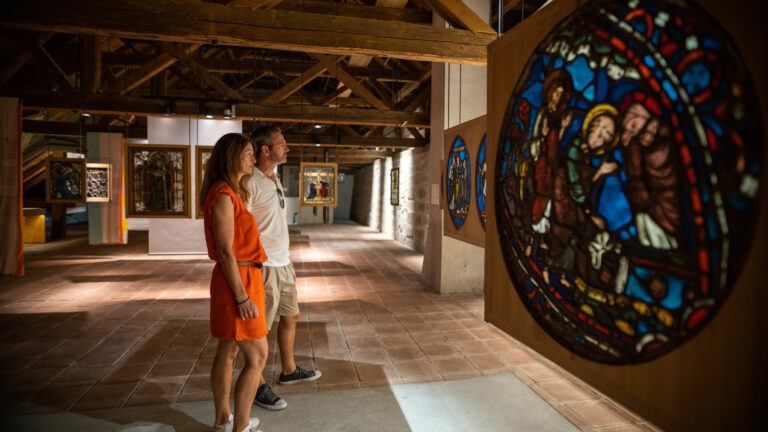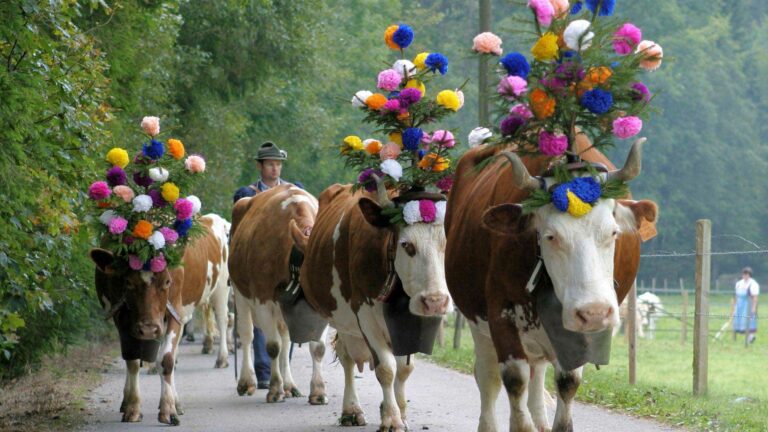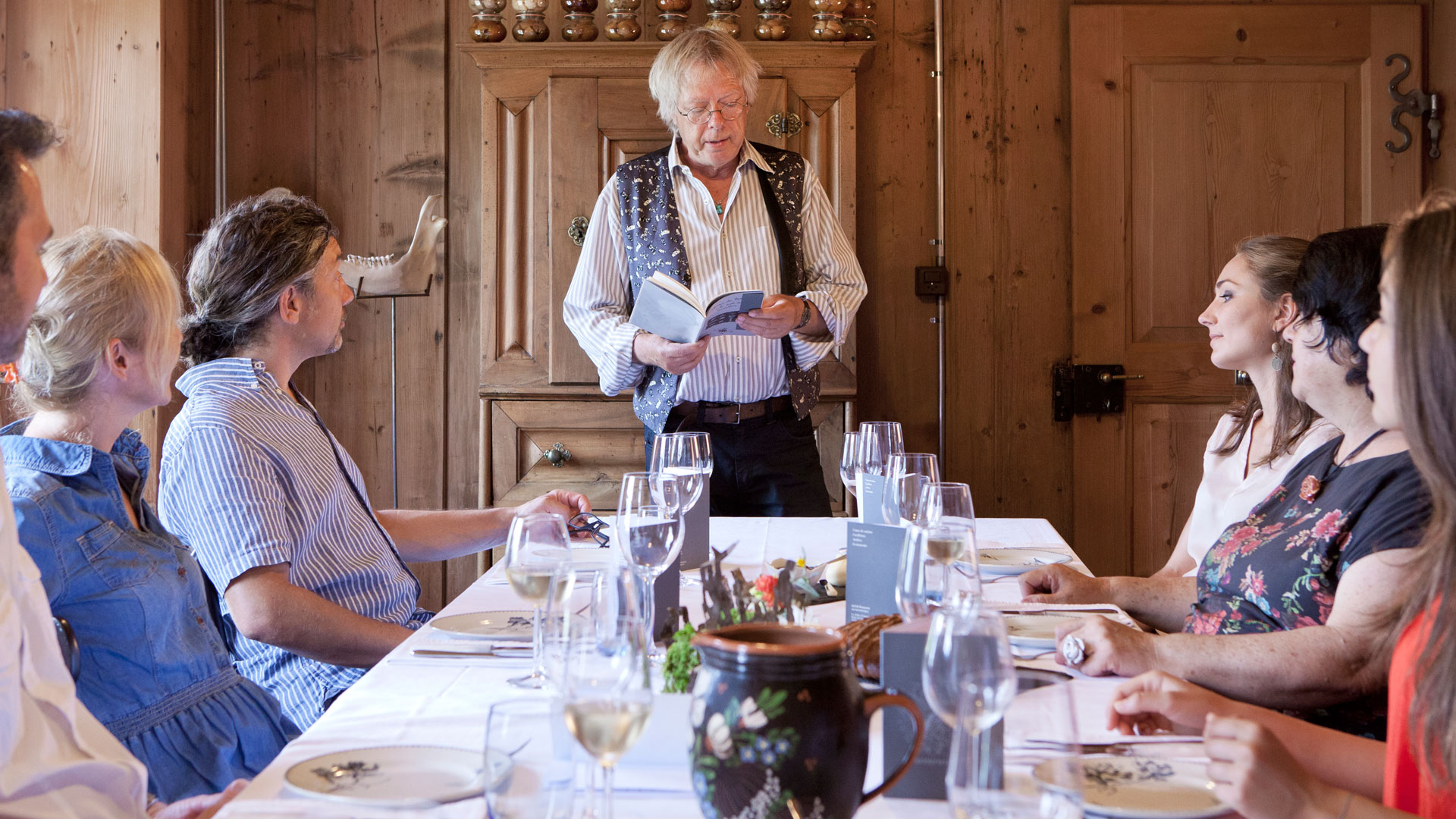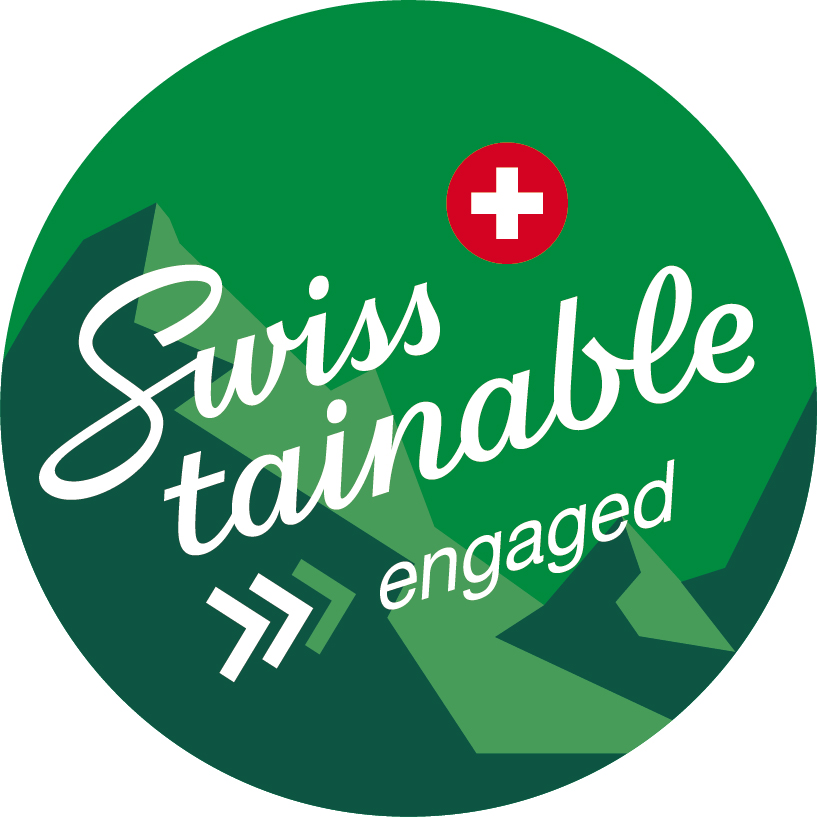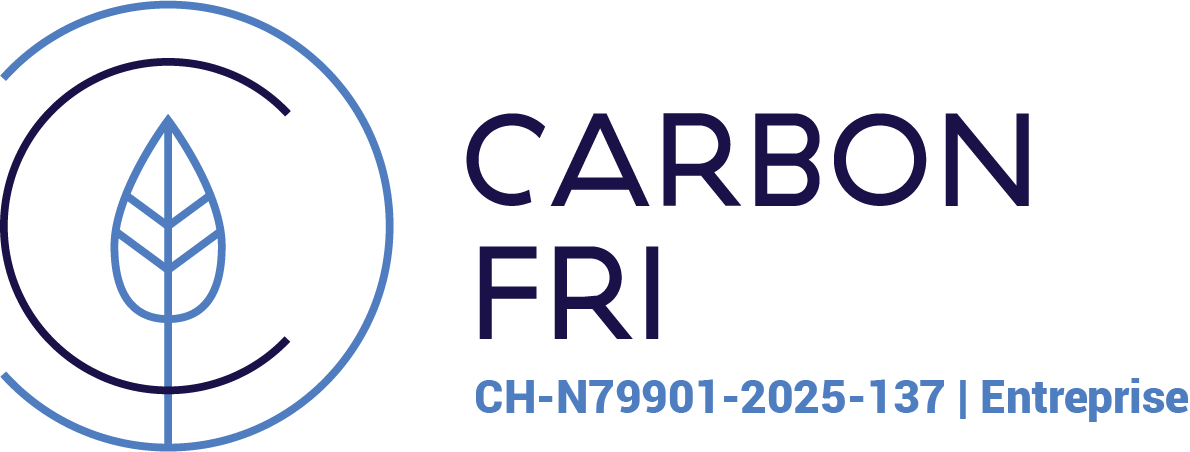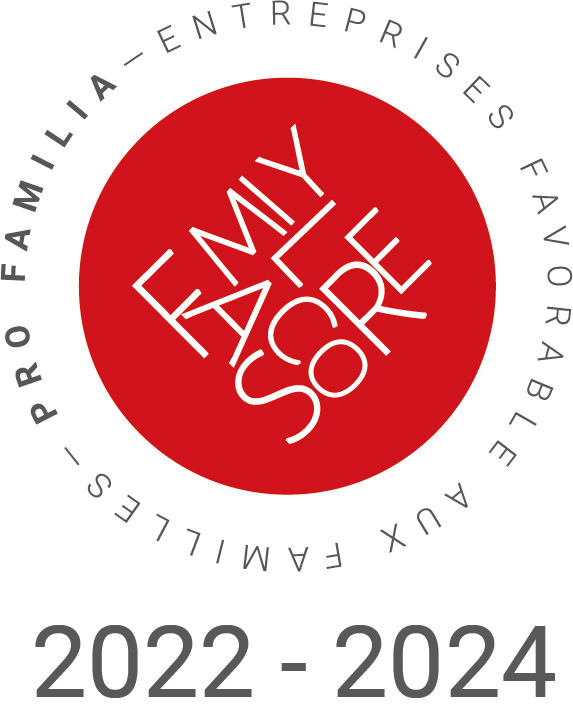The festival of the Bénichon has a religious origin: from the Latin “benedicto”, which means blessing, the Bénichon corresponds to the anniversary of the church’s consecration.
However, the religious festival was followed by secular festivities, very ancient and vivid by comparison, which lasted three days. The secular festival was assuming too much significance, according to the authorities. They tried to put limits on the timing of the Bénichon. They fixed the festival at the second Sunday in September for the majority of the canton and at the second Sunday in October for the alpine regions.
From that time, the festival took on a new dimension: it marked the end of work in the fields for the September Bénichon and the return of the herds to the plain after a summer on the mountain for the October Bénichon. Thus, the Bénichon meal marks the time of reunions. Family and friends meet again around the table. If the oldest mention of the Bénichon menu, as we know it today, dates from 1852, many products have been known for much longer, for example, the cuchaule, which was cited in 1558. The Bénichon is still today a traditional festival, valued and constantly reinvented by the people of Fribourg.
Hay cart race in Charmey, traditional market and procession at Châtel-St-Denis, Bénichon fair at Romont, shooting at Fétigny, Vernay or Rueyres-les-Prés, folklore market at Ecuvillens, tracto-bénichon at Corserey or even hurling the cuchaule – or at least a reproduction of it made of spruce – at Attalens, the Bénichon festivals break new ground. If many families carry on the tradition of the Sunday meal, other tasty alternatives are enjoying success: many restaurants offer a Bénichon menu.
The Bénichon menu :
Cuchaule AOP and Bénichon mustard

Sensler Brätzele

Cabbage soup

Jambon de la Borne AOP (chimney-smoked ham)

Leg of lamb

Poires à Botzi AOP
(Small pears)

Meringue with La Gruyère double cream

Treats of the Bénichon

 2026 IIHF Ice Hockey World Championship
2026 IIHF Ice Hockey World Championship 







